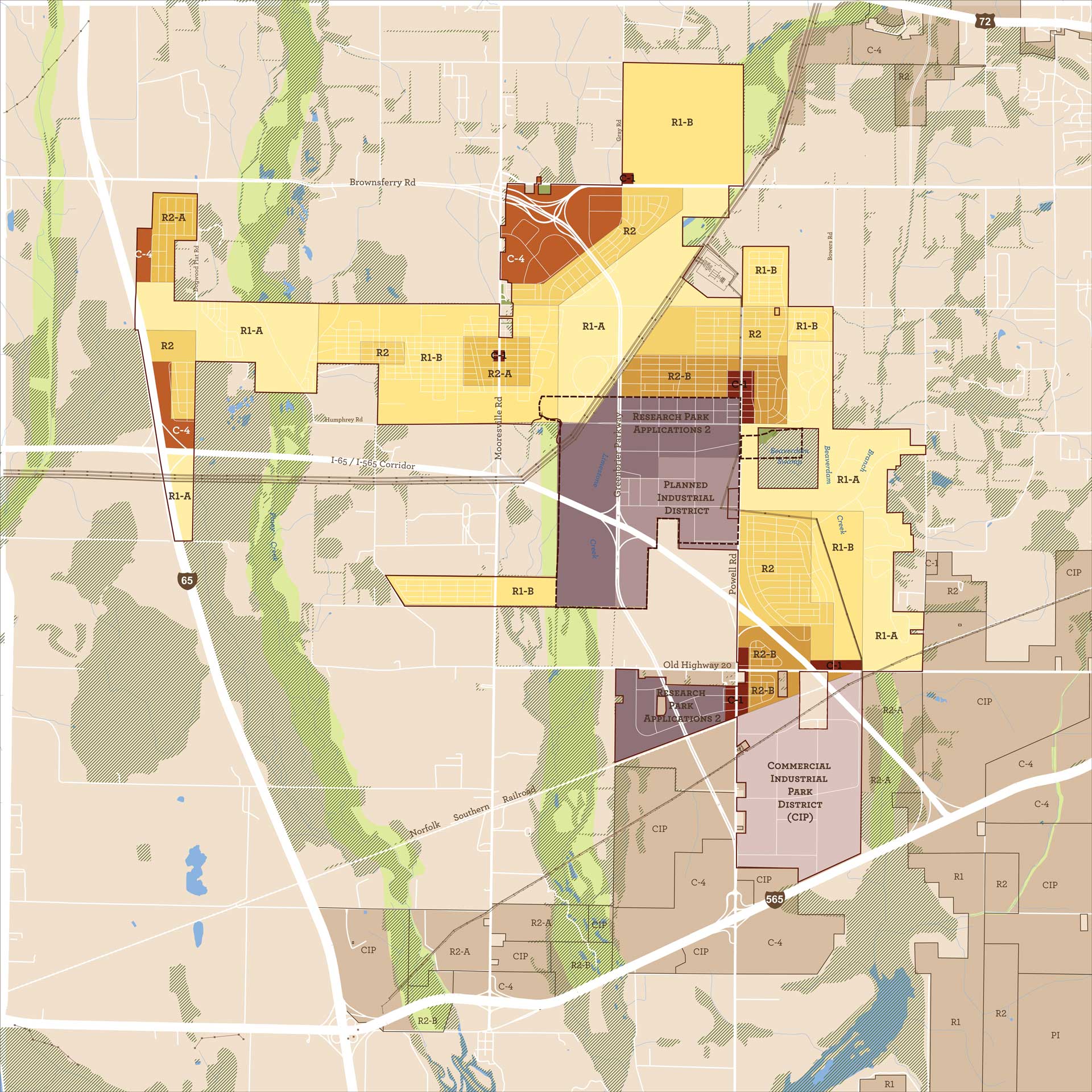Managing Land Use to Maintain Open Space in the Floodplain, Brevard, North Carolina
Challenge
In 2004, Hurricane Frances and Hurricane Ivan dropped enormous amounts of rainfall on western North Carolina over span of 10 days. The French Broad River, which frequently overtops its banks, was pushed to record or near-record river stage, causing flooding and significant damages throughout the City of Brevard.
Project Details
- Location: Brevard, N.C.
- Population: 7,609
- Strategies: Planning and zoning, Regulation
- Cost: Staff time
- Benefits: Prevention of future flood damage
Overview/History
Brevard is a small city in western North Carolina, located at the entrance to the Pisgah National Forest. The county in which its located–Transylvania County–is known affectionately as the “Land of Waterfalls” because of its numerous waterfalls. Also, some 5% of the county is covered in water. When managing development in a designated floodway (defined as the area of a stream or channel that is reasonably required to discharge floodwaters) existing federal minimum standards require that all projects must be reviewed to determine whether or not they will result in an increase in upstream flood levels. Those projects that are determined not to create an increase in flood levels are granted “no-rise” certifications and are generally granted permits for development. One of those sources of water, the French Broad River, flows through the City of Brevard. The river has a history of frequently overtopping its banks, causing short term flooding. Historically, much of the area that flooded was agricultural lands; however, as development in and around Brevard has slowly intensified, more and more development has encroached into the natural floodplain of the river. One such development, a mobile home neighborhood, was severely impacted during the 2004 floods. After the floods the city decided they needed to find ways to prevent future flood damage in order to improve community flood resilience.
Solution
To further reduce the potential for future flood damages, the City of Brevard opted to also require a “No Adverse Impact” certification within the floodway to ensure that proposed development projects would not increase flood flow velocities or cause erosion. In addition, the city opted to require these certifications in the entire floodplain, with some small exceptions, not just the mapped floodway. The ultimate goal of this ordinance was to ensure that new development would not cause a rise in floodwaters upstream or other adverse impacts, including an increase in the velocity of floodwaters during 100-year flood events.
These changes did not prevent future development; rather, they ensured that future development would not cause increased flooding on existing development.
Funding/Financing
The implementation cost of a new ordinance was minimal–it involved staff time to implement the ordinance and outreach to educate the public. The city is required to review building applications to ensure they meet the no rise and no adverse impact requirements, which is sometimes outsourced to a third party. The City of Brevard estimates they spend less than $5,000 each year on reviews and outreach.
Benefits
By choosing to go beyond the minimum federal requirements and reducing the number and type of encroachments into the floodplain, the City of Brevard was able to limit the amount of at-risk development and minimize emergency response needs during and after storm events. Moreover, flood elevations and erosion were reduced, which reduced impacts on existing development already in the community. Also, by maintaining a more intact and natural floodplain, wildlife habitat and local recreational opportunities were improved.

